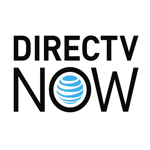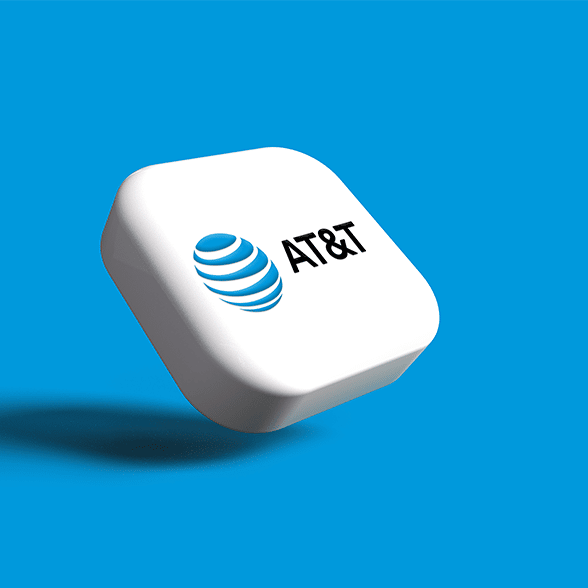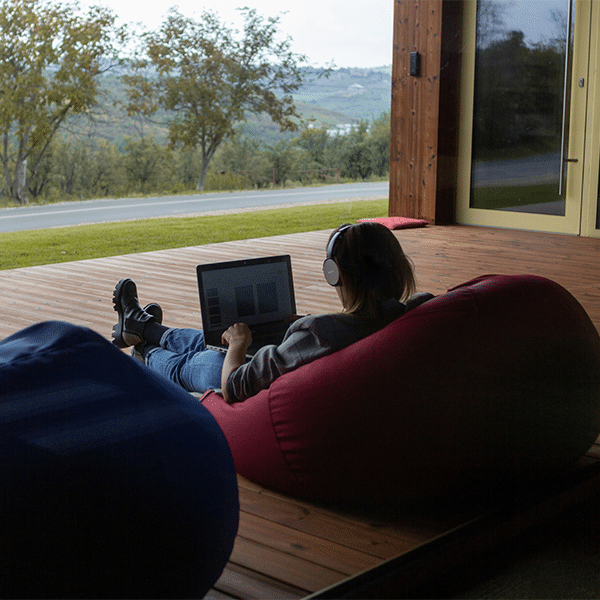 AT&T plans to launch a cable TV-like service for delivery over-the-top over its own or a competitor’s broadband network in 2018, said AT&T CEO Randall Stephenson at an investor conference today. The AT&T OTT video offering will be in beta trials before year-end and is laying the groundwork for ‘software-based’ TV delivery that will ultimately replace satellite delivery of video directly to the home, Stephenson said.
AT&T plans to launch a cable TV-like service for delivery over-the-top over its own or a competitor’s broadband network in 2018, said AT&T CEO Randall Stephenson at an investor conference today. The AT&T OTT video offering will be in beta trials before year-end and is laying the groundwork for ‘software-based’ TV delivery that will ultimately replace satellite delivery of video directly to the home, Stephenson said.
Stephenson did not provide details about the content that would be offered but he likened the offering to the company’s current mobile-centric DirecTV NOW offering, which offers more than 100 channels and is largely competitive with traditional pay-TV in terms of content.
“We’re taking DirecTV Now and leveraging it into a scaleable platform that goes into the home as a primary service,” said Stephenson.
AT&T OTT Video Path
Pay-TV providers are losing customers because, at a cost of $115 to $120 a month, today’s service is too costly, Stephenson said. But considering that content costs are unlikely to come down much, he said AT&T aims to get costs down by changing the company’s delivery method by shifting to a DirecTV Now-style platform for all video offerings.
Stephenson referred to DirecTV Now as a “software-based solution for, let’s call it cable TV for want of a better term, just to be descriptive about it.”
That solution, he said, “is going to be the platform for how we deliver all video in the future – software-centric.”
He added that “we will be ambivalent as to whose broadband the television service traverses.”
Importantly, despite AT&T’s ownership of DirecTV, he said the service will not require a satellite dish.
Currently DirecTV Now content can be displayed on a television screen by casting it to an Apple TV or Amazon Fire device, Stephenson explained. But the new offering will use a “very thin client in the home.” A streaming media player, perhaps. DVR-like capabilities will be delivered via the cloud, he said.
Stephenson credited AT&T’s purchase of DirecTV as a key enabler of DirecTV NOW, noting that the purchase gave the carrier the clout it needed to persuade content providers to renegotiate contracts. Some others in the industry have bemoaned being locked into long-term content deals that were originally made before OTT delivery became as important as it is today. Indeed, Stephenson went as far as to say that the ability to renegotiate content contracts was the biggest benefit of the DirecTV purchase.
The path outlined by Stephenson today represents a long discussed video strategy. One that chooses IP video distribution using any available broadband network, replacing legacy distribution technologies like satellite DBS, QAM, and even first-generation IPTV. AT&T is the first major TV provider to actually disclose a path towards this next generation video delivery, replacing its legacy technology.
Not So Fast About Replacing Those Dishes
Perhaps it’s ironic that AT&T plans to move away from the satellite content delivery capability that the company also acquired through the DirecTV purchase. Nevertheless, the company may not be able to move away from that infrastructure as quickly as Stephenson’s comments might suggest. They have an embedded base of 20+ million satellite dishes with associated set-top-boxes in the field. You can’t just pull the plug on all of them and move to a new delivery method, not to mention the technology and quality challenges of streaming all of this video at scale for millions of customers. OTT video delivery at this scale has never been tried before.
Also, there are still plenty of households nationwide, particularly in rural markets with poor quality broadband that cannot deliver an adequate OTT video experience and a quality broadband connection combined – and those households also include a portion of AT&T’s base. AT&T DirecTV satellite dishes on homes will be around for quite a while.
Stephenson made his comments at the Goldman Sachs Communacopia conference, which was also a webcast.
Bernie Arnason contributed to this post.


